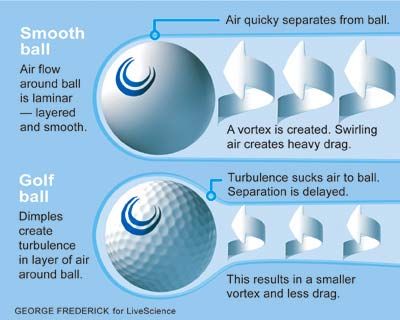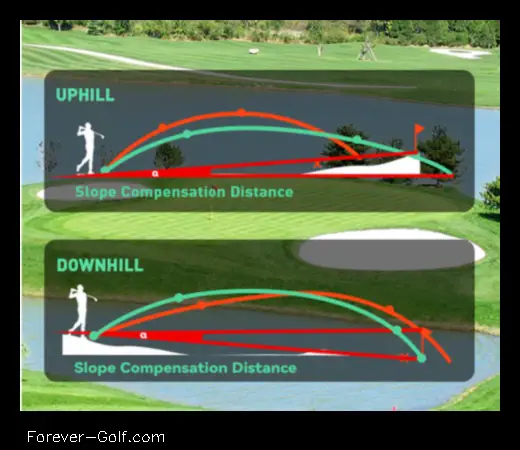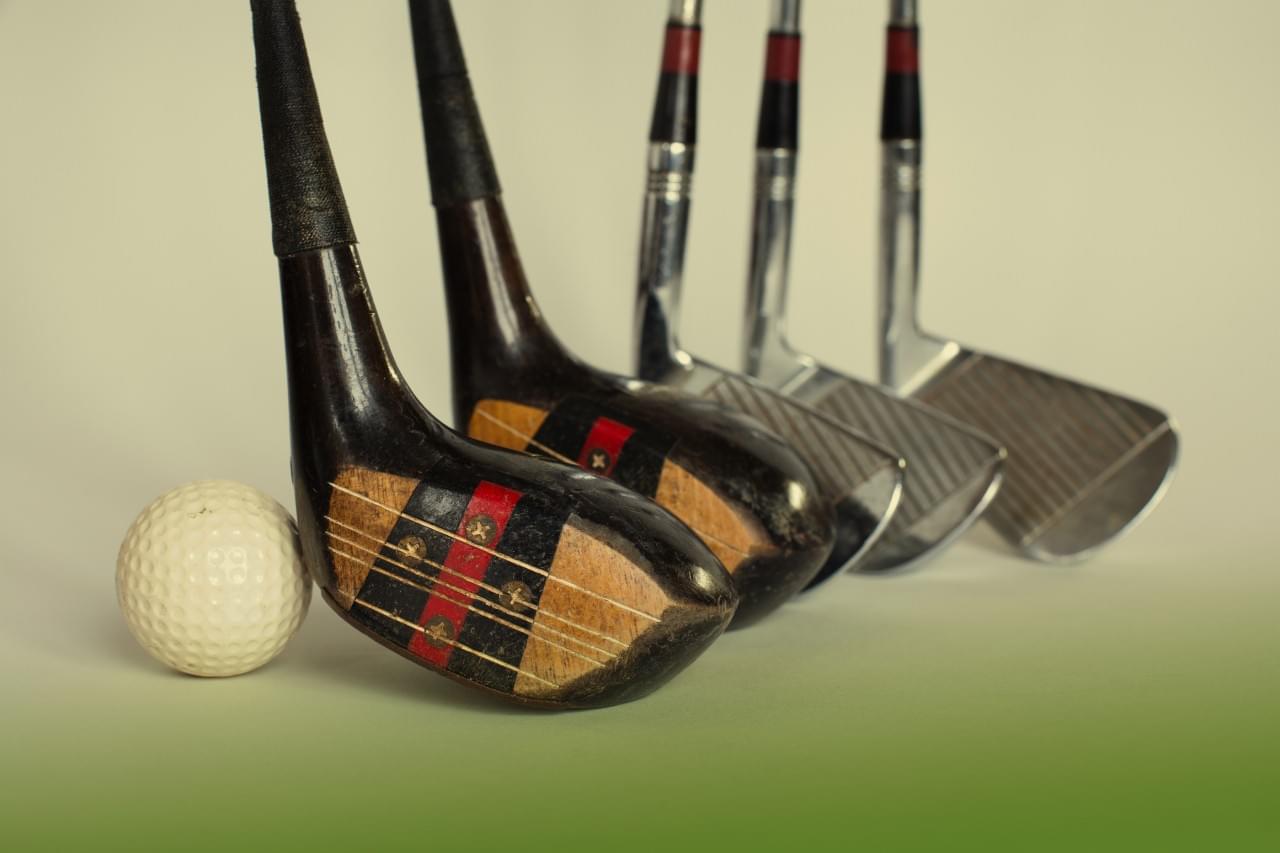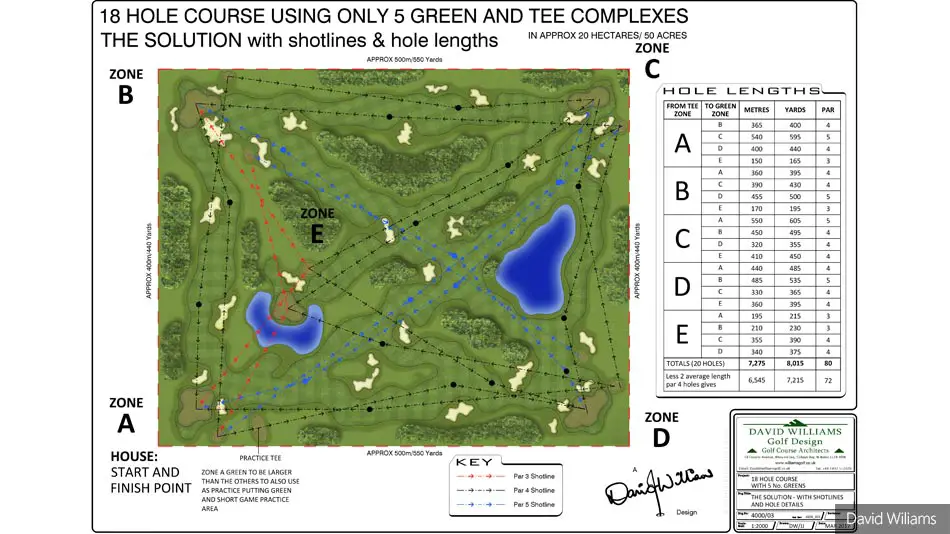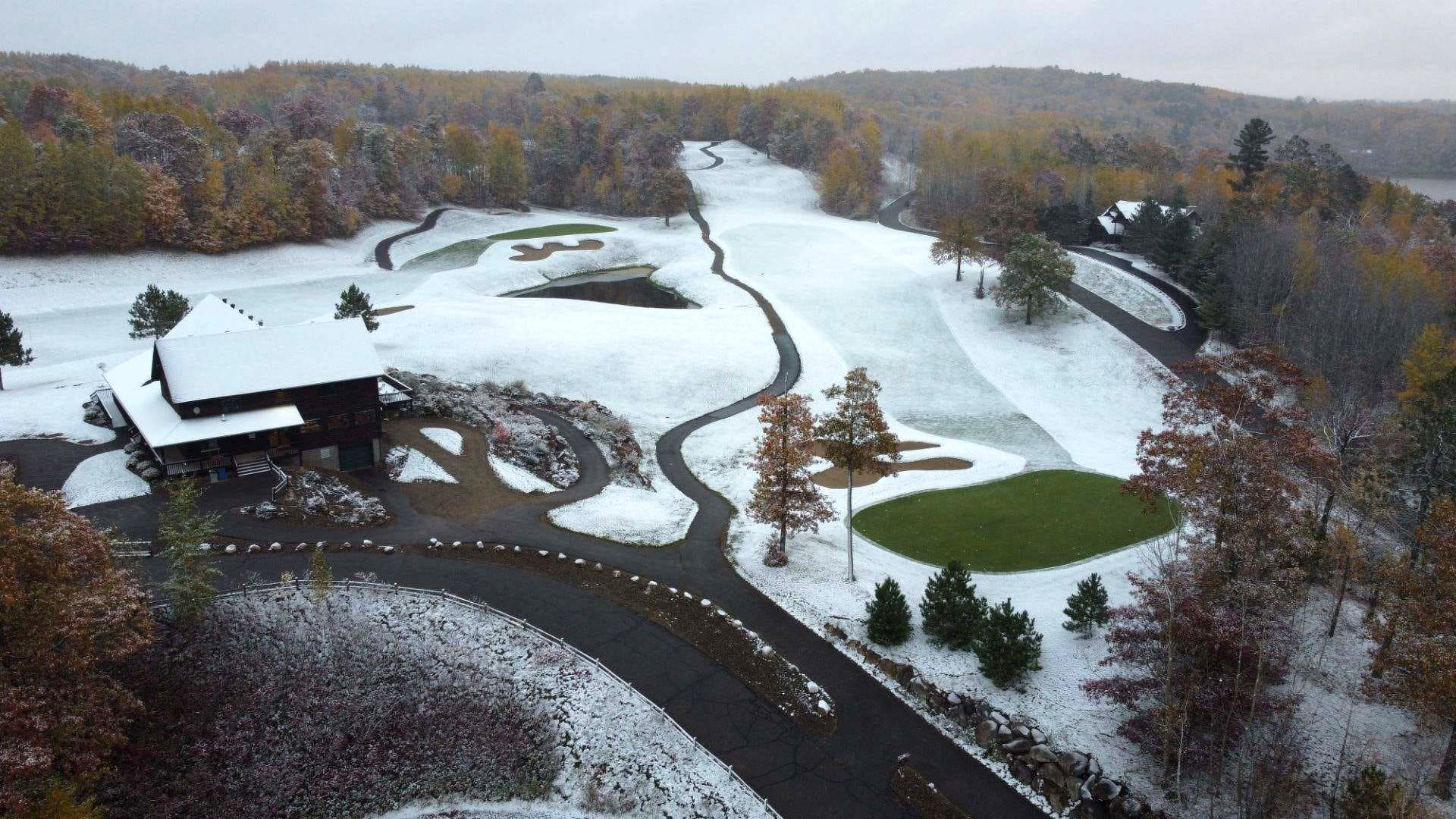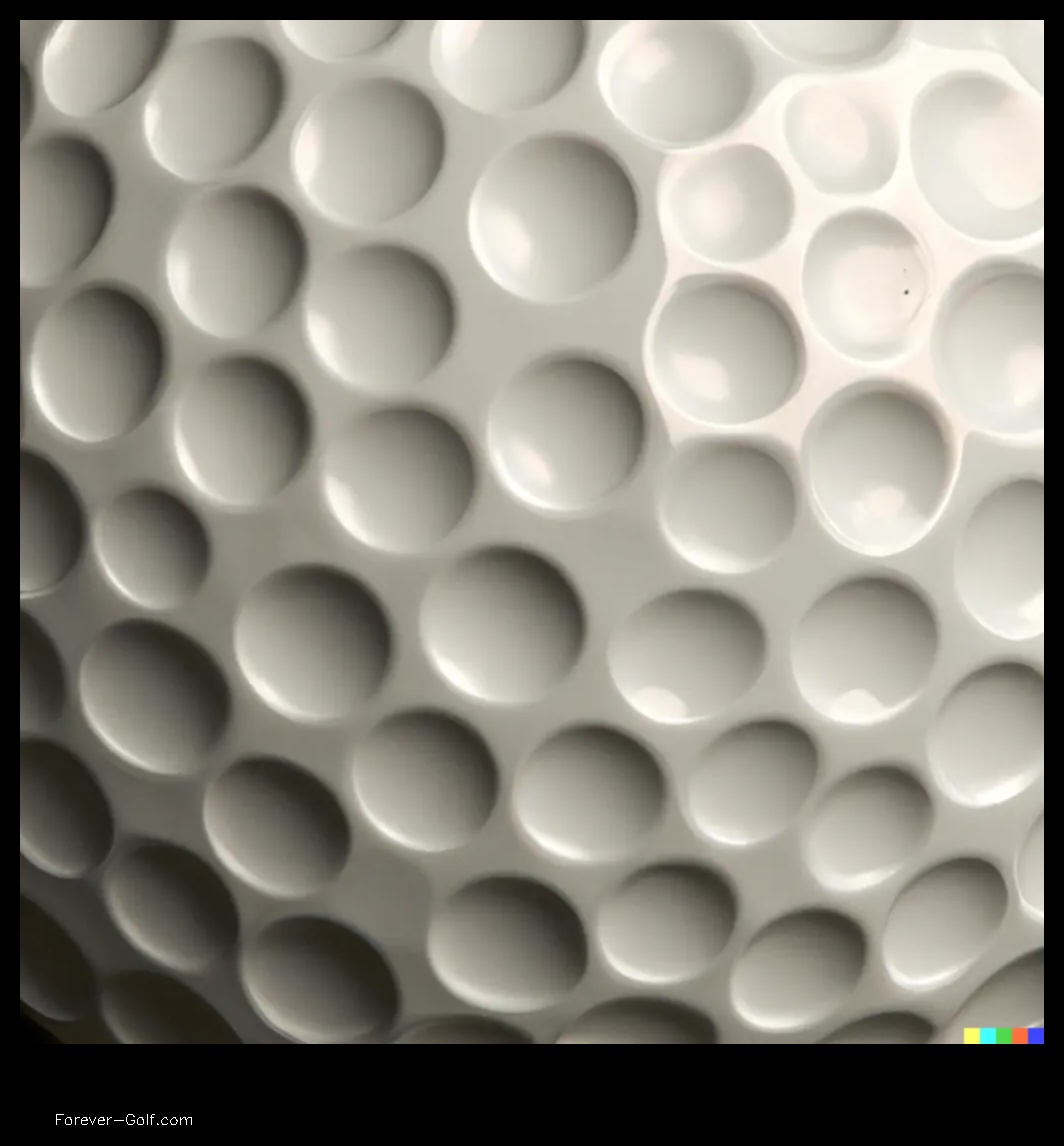
</p>
How many dimples on a regulation golf ball
A regulation golf ball has 336 dimples.
The dimples on a golf ball are designed to help the ball fly farther and straighter.
The dimples create a turbulent boundary layer around the ball, which reduces drag and helps the ball to fly more efficiently.
The number of dimples on a golf ball is important because it affects the ball’s flight characteristics.
Golf balls with more dimples tend to fly farther and straighter, while golf balls with fewer dimples tend to spin more.
The optimal number of dimples for a golf ball depends on the golfer’s swing speed and the conditions of the course.
For most golfers, a golf ball with 336 dimples is a good choice.
>
| Dimple Count | Regulation Golf Ball | Golf Ball Design | Dimple Effect Features |
|---|---|---|---|
| 336 | Yes | Symmetric | Increases lift and reduces drag |
| 392 | No | Asymmetric | Increases lift and reduces drag |
| 456 | No | Asymmetric | Increases lift and reduces drag |
| 512 | No | Asymmetric | Increases lift and reduces drag |
| 600 | No | Asymmetric | Increases lift and reduces drag |
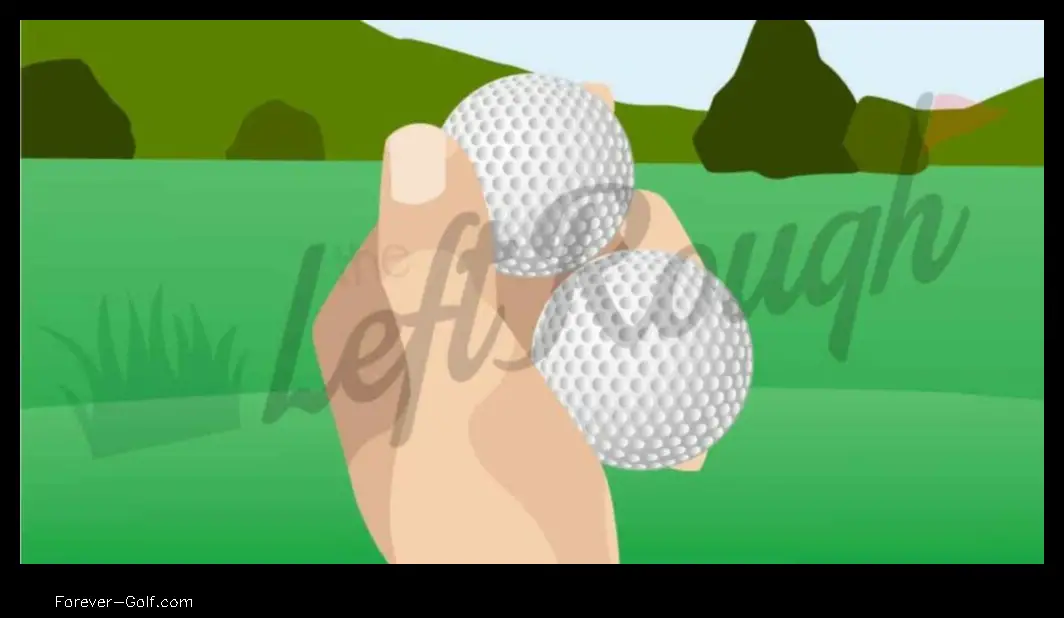
II. History of dimples on golf balls
Dimples have been used on golf balls since the early 1900s. The first dimpled golf balls were made by Thomas Taylor in 1905. Taylor’s dimpled golf balls were made of rubber and had 36 dimples.
In the early 1920s, Walter Hagen began using a golf ball with 48 dimples. Hagen’s golf ball was made of balata and had a deeper dimple than Taylor’s golf ball.
In the 1930s, the number of dimples on golf balls began to increase. By the 1940s, most golf balls had 60 dimples.
In the 1950s, the number of dimples on golf balls began to decrease. By the 1960s, most golf balls had 50 dimples.
In the 1970s, the number of dimples on golf balls began to increase again. By the 1980s, most golf balls had 63 dimples.
In the 1990s, the number of dimples on golf balls began to decrease again. By the 2000s, most golf balls had 56 dimples.
Today, most golf balls have 52 to 56 dimples.
How many dimples are on a golf ball?
A regulation golf ball has dimples. The number of dimples on a golf ball varies depending on the manufacturer, but most regulation golf balls have between 300 and 500 dimples. The dimples on a golf ball are designed to help the ball fly farther and straighter.
The dimples on a golf ball create a turbulent airflow around the ball, which helps to reduce drag and keep the ball in the air longer. The dimples also help to stabilize the ball’s flight, making it more likely to travel straight.
The number of dimples on a golf ball is important because it affects the ball’s aerodynamics. A ball with too few dimples will not fly as far or as straight as a ball with the proper number of dimples. A ball with too many dimples will also not fly as far or as straight as a ball with the proper number of dimples.
The optimal number of dimples for a golf ball is typically between 300 and 500. This number of dimples provides the best balance of aerodynamics and flight characteristics.
IV. The purpose of dimples on a golf ball
The purpose of dimples on a golf ball is to reduce drag and increase lift. The dimples create a turbulent boundary layer around the ball, which reduces the drag and allows the ball to fly further. The dimples also create a vortex behind the ball, which helps to lift the ball into the air.
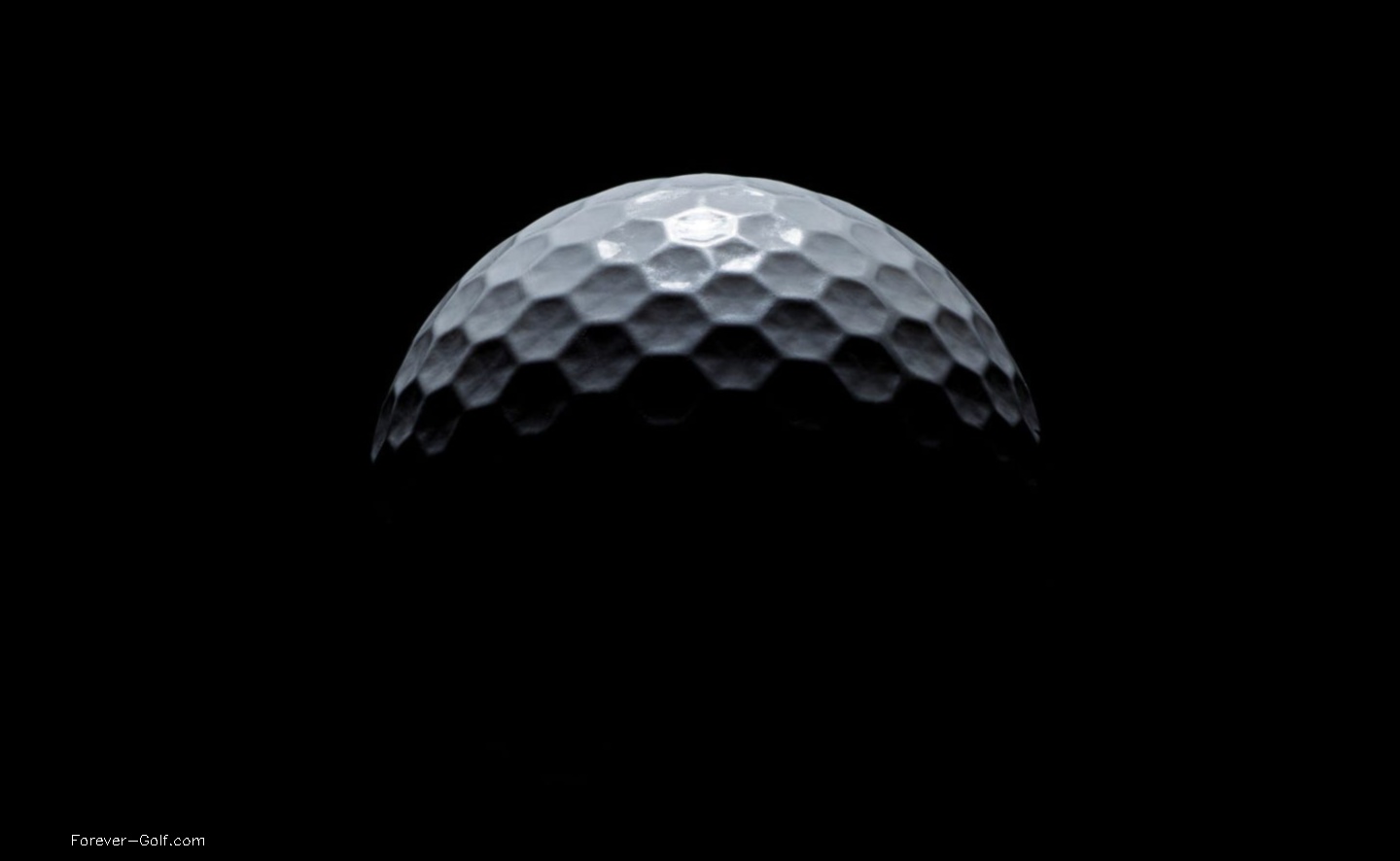
V. The different types of dimples on a golf ball
There are three main types of dimples on a golf ball:
- Round dimples
- Oval dimples
- Polyhedral dimples
Round dimples are the most common type of dimple on a golf ball. They are typically circular in shape and have a smooth surface. Oval dimples are similar to round dimples, but they are slightly elongated. Polyhedral dimples are the least common type of dimple on a golf ball. They are shaped like a hexagon or an octagon.
The type of dimples on a golf ball can affect the ball’s flight. Round dimples create a more turbulent airflow around the ball, which helps to keep the ball in the air longer. Oval dimples create a less turbulent airflow around the ball, which helps the ball to travel faster. Polyhedral dimples create a combination of turbulent and laminar airflow around the ball, which can help to improve the ball’s distance and accuracy.
The number of dimples on a golf ball can also affect the ball’s flight. In general, the more dimples on a ball, the more turbulent the airflow around the ball, and the longer the ball will stay in the air. However, too many dimples can also make the ball too difficult to control.
The optimal number of dimples for a golf ball depends on a number of factors, including the ball’s material, construction, and intended use. For most golfers, a ball with between 300 and 450 dimples is a good choice.
VI. The effect of dimples on a golf ball’s flight
Dimples on a golf ball have a significant effect on the ball’s flight. The dimples create a turbulent boundary layer around the ball, which reduces the drag and allows the ball to travel farther. The size, shape, and spacing of the dimples all affect the ball’s flight.
The size of the dimples affects the amount of turbulence created. Larger dimples create more turbulence, which reduces drag and allows the ball to travel farther. However, larger dimples also make the ball more susceptible to wind gusts.
The shape of the dimples also affects the ball’s flight. Dimples that are more rounded create more turbulence, which reduces drag and allows the ball to travel farther. However, dimples that are more angular create less turbulence, which makes the ball more stable in the air.
The spacing of the dimples also affects the ball’s flight. Dimples that are spaced closer together create more turbulence, which reduces drag and allows the ball to travel farther. However, dimples that are spaced farther apart create less turbulence, which makes the ball more stable in the air.
The combination of the size, shape, and spacing of the dimples creates a unique “dimple pattern” for each golf ball. The dimple pattern is designed to optimize the ball’s flight for a particular type of golfer and playing conditions.
The effect of dimples on a golf ball’s flight is a complex and fascinating topic. The next time you’re on the golf course, take a closer look at the dimples on your ball and see how they affect the way the ball flies.
VII. The science of dimples on a golf ball
The science of dimples on a golf ball is a complex topic, but it can be boiled down to a few basic principles.
First, dimples create a boundary layer of air around the golf ball. This boundary layer is a thin layer of air that sticks to the surface of the ball and helps to reduce drag.
Second, dimples also create a vortex behind the golf ball. This vortex helps to stabilize the ball’s flight and prevents it from tumbling end over end.
The combination of these two effects allows a golf ball with dimples to travel farther and straighter than a golf ball without dimples.
The number, size, and shape of the dimples on a golf ball can all affect the ball’s performance. The optimal number of dimples for a golf ball is typically around 300, but this can vary depending on the type of ball and the conditions of the course.
The size and shape of the dimples can also affect the ball’s flight. Larger dimples create a greater boundary layer and more drag, which can help the ball to travel farther. However, larger dimples can also make the ball more susceptible to tumbling end over end.
The science of dimples on a golf ball is a complex topic, but it is an important one to understand for golfers who want to improve their game. By understanding how dimples work, golfers can make more informed decisions about the type of golf ball they use and how they play the game.
The best number of dimples for a golf ballThere is no definitive answer to the question of what is the best number of dimples for a golf ball. The optimal number of dimples will vary depending on the individual golfer’s swing speed, clubhead speed, and ball flight.
Generally speaking, a golf ball with more dimples will have a lower drag coefficient and will fly farther. However, a golf ball with too many dimples can also be unstable in flight.
For most golfers, a golf ball with between 300 and 450 dimples will provide the best combination of distance and accuracy.
It is important to experiment with different golf balls to find the one that works best for you. Try different brands and models of golf balls with different numbers of dimples to see what gives you the best results.
You may also want to consider using a golf ball with a different type of dimple pattern. Some dimple patterns are designed to reduce drag and increase distance, while others are designed to improve spin and accuracy.
Ultimately, the best golf ball for you is the one that you hit the best. So experiment with different golf balls until you find one that you are consistently happy with.
IX. Conclusion
Dimples on a golf ball are an essential part of the design, and they play a significant role in the ball’s flight. The number, size, and shape of the dimples all affect the ball’s aerodynamics, and the right combination of dimples can help to improve a ball’s distance, accuracy, and consistency.
The number of dimples on a regulation golf ball is 336, and this number has been standardized by the United States Golf Association (USGA) and the Royal and Ancient Golf Club of St. Andrews (R&A). The dimples on a golf ball are arranged in a specific pattern, and this pattern also plays a role in the ball’s aerodynamics.
Dimples on a golf ball are a fascinating example of how science and engineering can be used to improve the performance of a sporting equipment. By understanding the science of dimples, golf ball manufacturers are able to design balls that fly farther, straighter, and more consistently.
FAQ
Q: How many dimples are on a regulation golf ball?
A: A regulation golf ball has 336 dimples.
Q: What is the purpose of dimples on a golf ball?
A: Dimples on a golf ball help to reduce drag and improve the ball’s flight.
Q: What are the different types of dimples on a golf ball?
A: There are two main types of dimples on a golf ball: circular dimples and non-circular dimples.
- Where Was the First Topgolf in the English Language - April 5, 2024
- Topgolf Back Net Distance How Far Is It - April 5, 2024
- Top Golf Where to Find the Best Golf Experiences Outside of the U.S. - April 5, 2024
